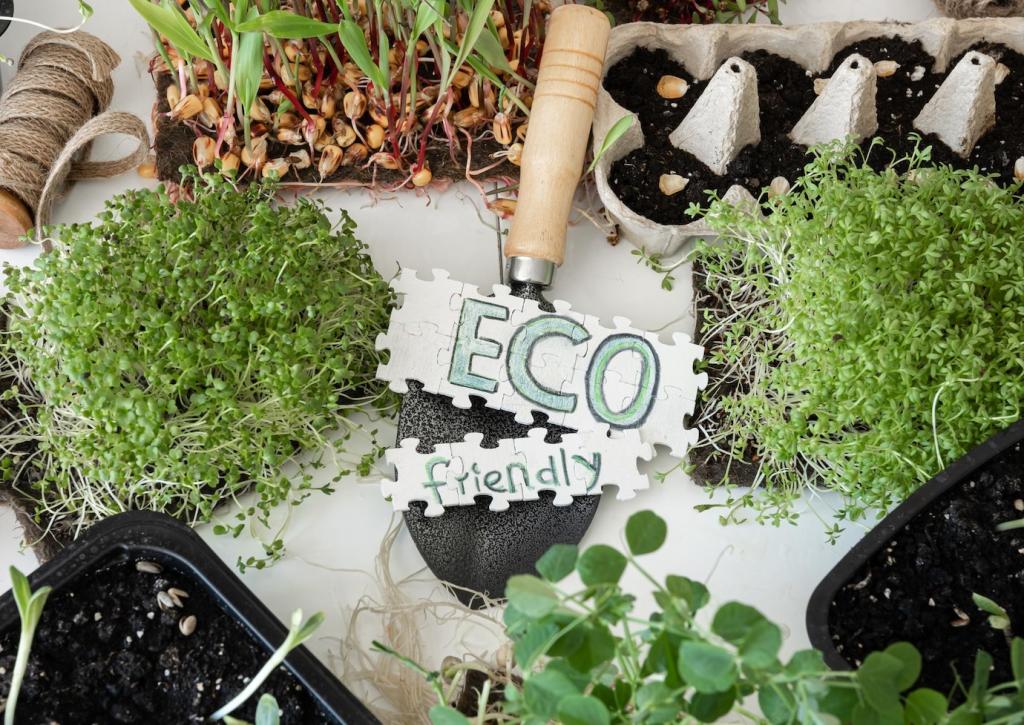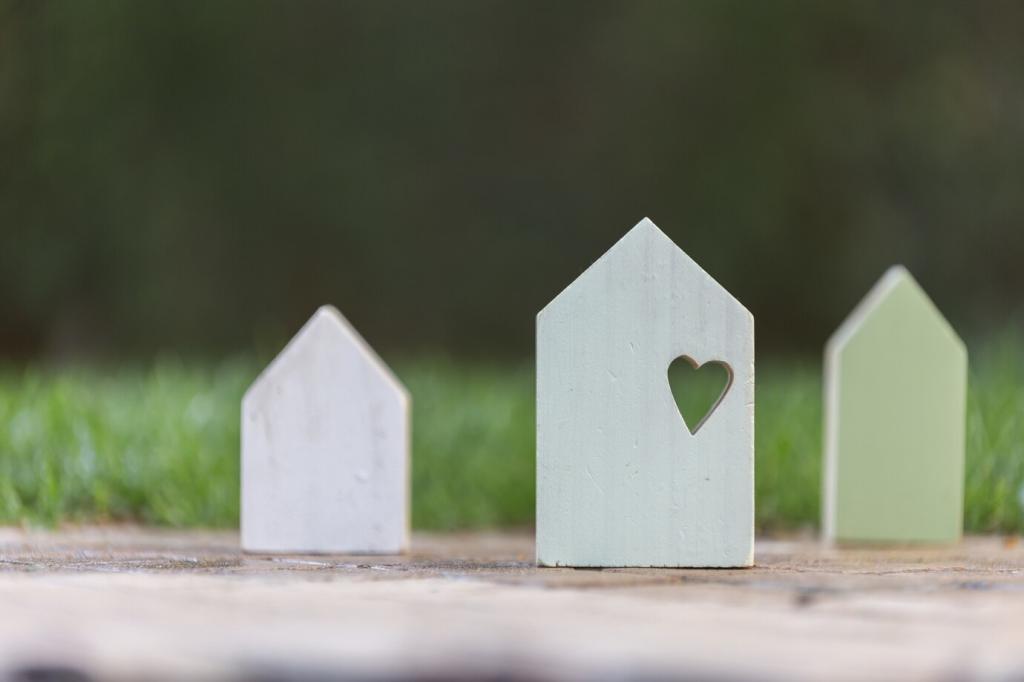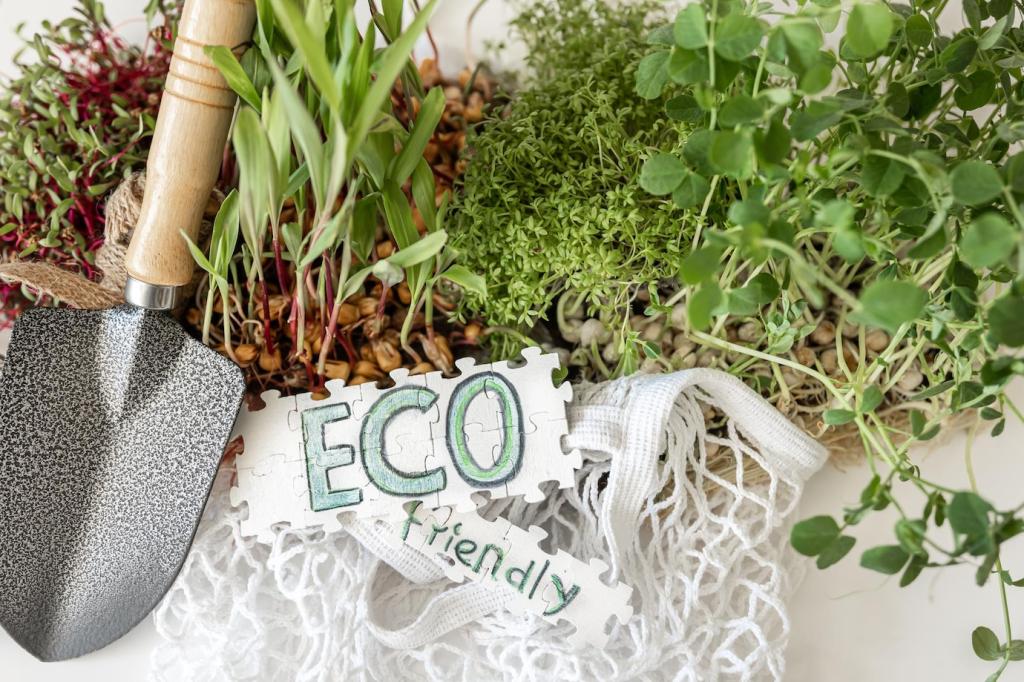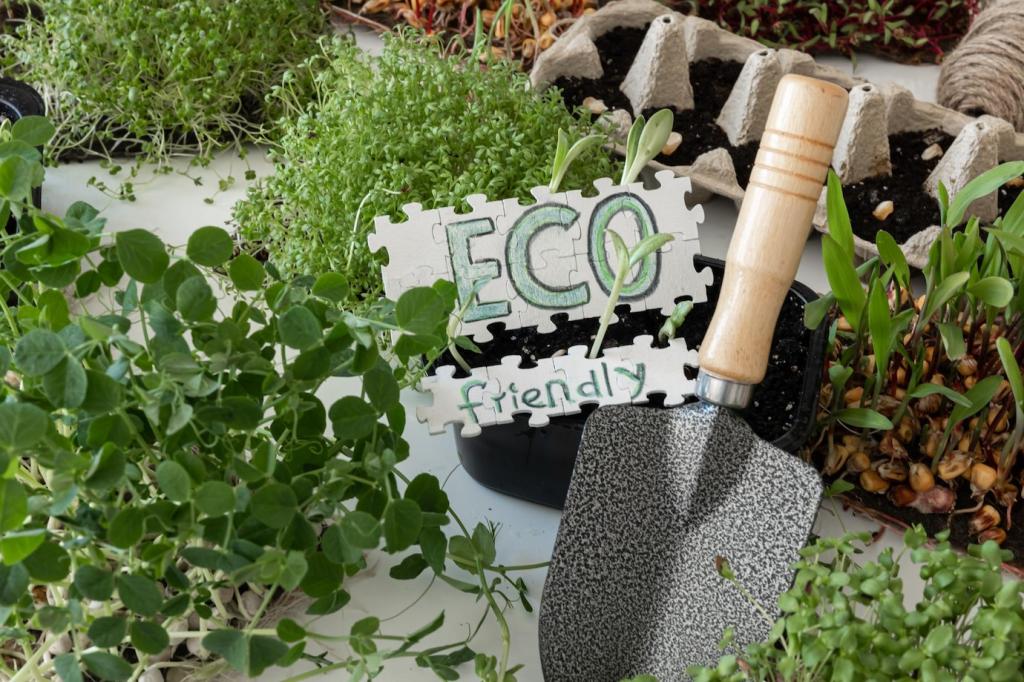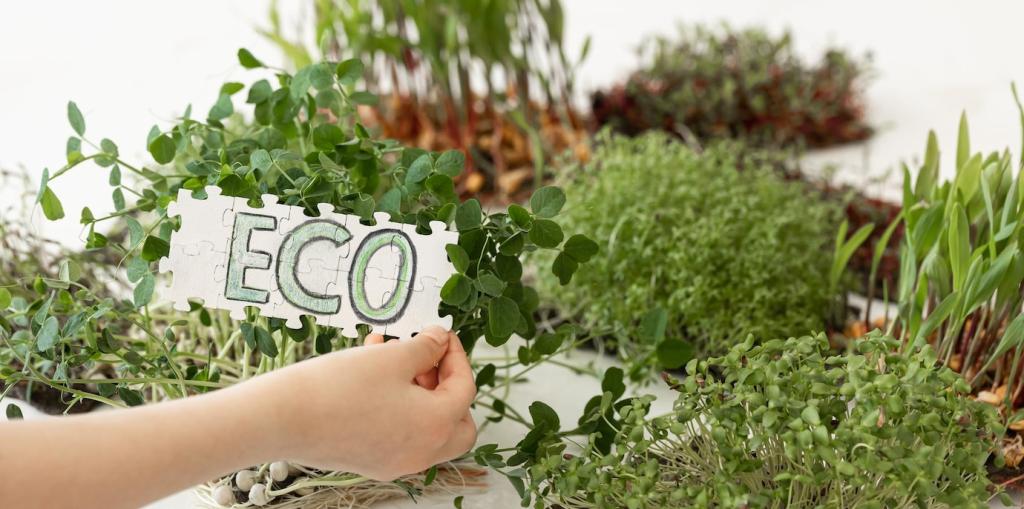Tools, Materials, and Techniques for Beginners
Use a small random-orbit sander with a HEPA vac, hand blocks for corners, and low-VOC, water-based finishes. Work near open windows with a fan exhausting outward. Wipe surfaces between grits, and test stains on offcuts. A clean, controlled process keeps dust down and rooms livable.
Tools, Materials, and Techniques for Beginners
Add casters with brakes, folding shelf brackets, and piano hinges to unlock mobility and compactness. Magnetic catches, soft-close slides, and surface-mount lights elevate daily usability. For renters, consider removable adhesive hooks and French cleats, distributing load safely while allowing easy, clean removal later.
Tools, Materials, and Techniques for Beginners
Plan pieces to evolve with your needs. Use threaded inserts, knock-down fasteners, and standardized panels, enabling reconfiguration without damage. Label parts discreetly for quick assembly changes. When your layout shifts, your upcycled furniture can transform too, preserving materials and the time you invested.




